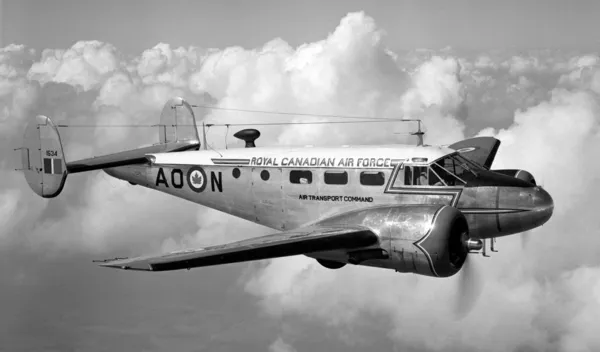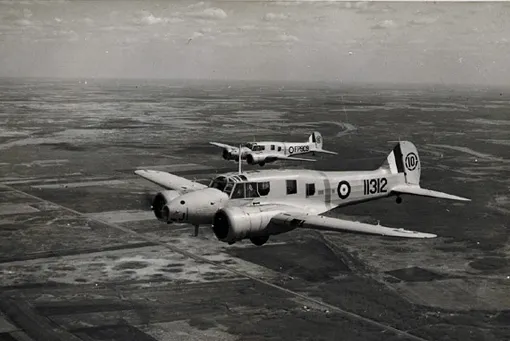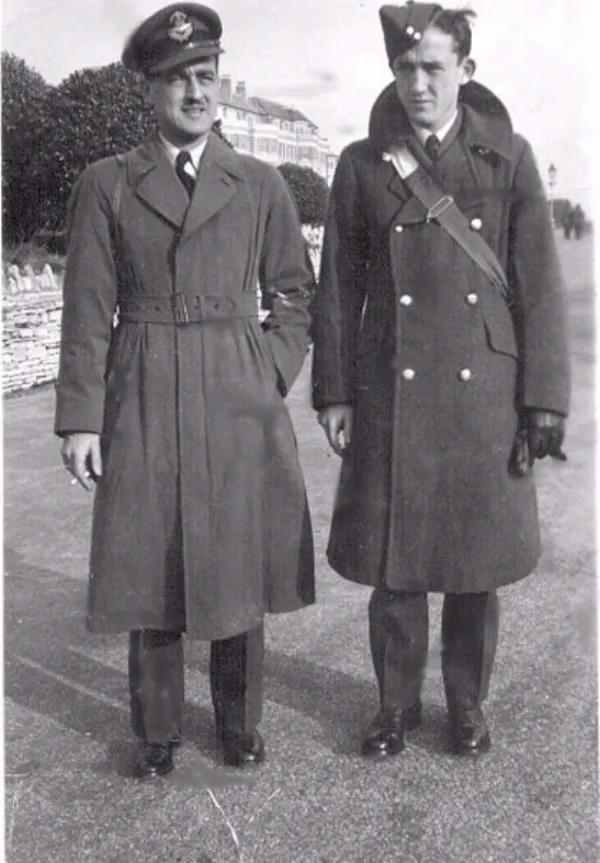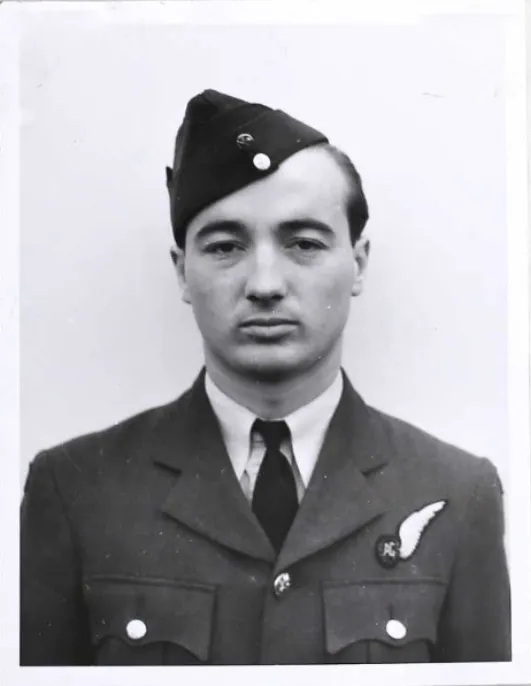Hemphill, Samuel (Leading Aircraftman)
Killed in Flying Accident 1944-April-12


Birth Date: 1923-October-12
Born:
Parents: Son of Samuel and Margaret Hemphill, of Edmonton.
Spouse:
Home: Edmonton, Alberta
Enlistment:
Enlistment Date: unkown date
Service
RCAF
Unit
32 OTU- Operational Training Unit (RAF)
Base
RCAF Stn. Patricia Bay, British Columbia
Rank
Leading Aircraftman
Position
Service Numbers
R/142563
Home
Crew or Other Personnel
Expeditor HB124
Accident Card - Beechcraft Expeditor Mk. 3T serial:HB124
This accident involved 1 aircraft on 1944-April-12. Beechcraft Expeditor s/n HB124.
This accident involved 4 people. Blenkiron JL, Hemphill S, Ruocco VS, Walls G
This accident had 4 fatalities. Pilot Officer George Walls RCAF Killed in Flying Accident service no:J/39171 Expeditor HB124, Leading Aircraftman Samuel Hemphill RCAF Killed in Flying Accident service no:R/142563 Expeditor HB124, Flight Lieutenant Victor Silvio Ruocco RCAF Killed in Flying Accident service no:J/9204 Expeditor HB124, Civilian Joseph Lambert Blenkiron Killed in Flying Accident service no: Expeditor HB124
Expeditor serial: HB124

Beechcraft CT-128 Expeditor Mk. 3TM (Serial No. A-734), (Serial No. CA-134), RCAF (Serial No. 1534), coded AO-N, Air Transport Command.
The Beechcraft Model 18 (or "Twin Beech", as it is also known) is a 6- to 11-seat, twin-engined, low-wing, tailwheel light aircraft manufactured by the Beech Aircraft Corporation of Wichita, Kansas. Continuously produced from 1937 to November 1969 (over 32 years, a world record at the time), over 9,000 were built, making it one of the world's most widely used light aircraft. Sold worldwide as a civilian executive, utility, cargo aircraft, and passenger airliner on tailwheels, nosewheels, skis, or floats, it was also used as a military aircraft.
During and after World War II, over 4,500 Beech 18s were used in military service "“ as light transport, light bomber (for China), aircrew trainer (for bombing, navigation, and gunnery), photo-reconnaissance, and "mother ship" for target drones "“ including Royal Canadian Airforce (RCAF), United States Army Air Forces (USAAF) C-45 Expeditor, AT-7 Navigator, and AT-11 Kansan; and United States Navy (USN) UC-45J Navigator, SNB-1 Kansan, and others. In World War II, over 90% of USAAF bombardiers and navigators and pilots trained in these aircraft.
In the early postwar era, the Beech 18 was the pre-eminent "business aircraft" and "feeder airliner". Besides carrying passengers, its civilian uses have included aerial spraying, sterile insect release, fish stocking, dry-ice cloud seeding, aerial firefighting, air-mail delivery, ambulance service, numerous movie productions, skydiving, freight, weapon- and drug-smuggling, engine testbed, skywriting, banner towing, and stunt aircraft. Wikipedia
Aircraft Images
Expeditor HB124
Expeditor Mk. 3T HB124
Used by No. 32 Operational Training Unit, RCAF Stations Patricia Bay or Comox, BC. Crashed inverted into trees near NAS Whitby Island, Washington while attempting to land in bad weather on 12 April 1944. All 4 occupants killed, including one civilian.1944-01-06 Taken on Strength 2022-02-07
1944-April-12 Accident: 32 Operational Training Unit Loc: Whitby Island Usa Names: Blenkiron | Hemphill | Ruocco | Walls
1944-10-16 Struck off Strength 2022-02-07
Unit Desciption
32 OTU (32 Operational Training Unit)
The Operational Training Unit (OTU) was the last stop for aircrew trainees. They spent 8 to 14 weeks learning to fly operational aircraft (Hawker Hurricane or Fairey Swordfish, e.g.). The instructors had experience in actual operations, and often were posted to OTUs after their operational tour.
More information on the RCAF Station at Patricia Bay, British Columbia can be found at:
RCAF.info - Patricia Bay, British Columbia

